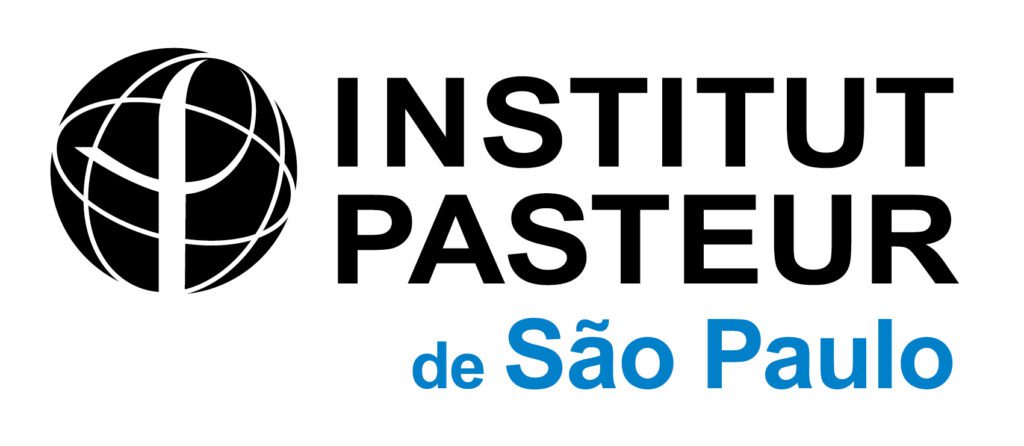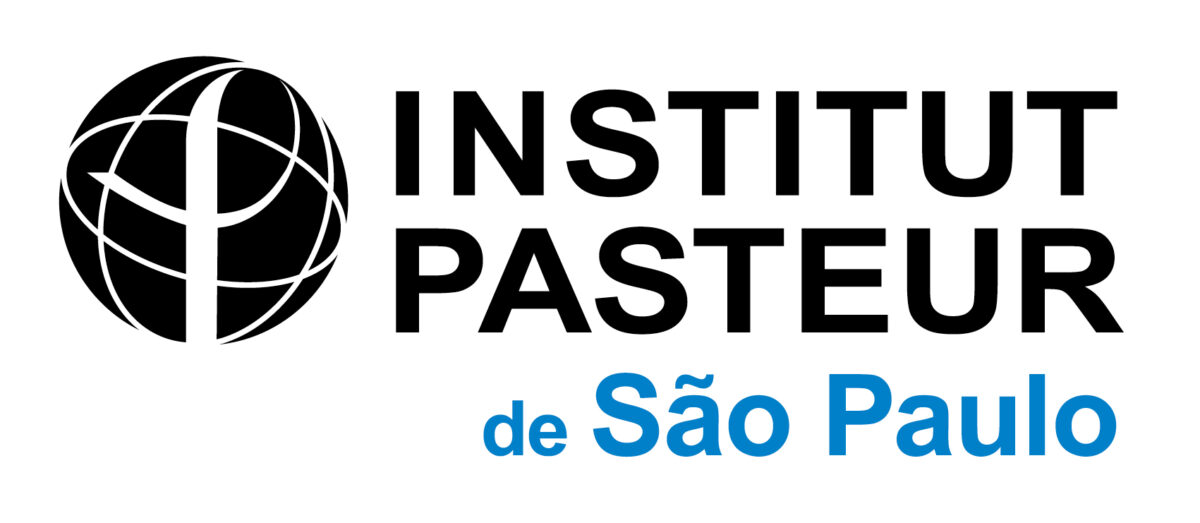The headquarters of the Institut Pasteur in São Paulo (IPSP) is located on the University of USP campus with a building area of 2,000 m2, including two floors and the ground level.
One of the floors has 4 biosafety level 1 (BL-1) laboratories and associated offices; 2 biosafety level 2 (BL-2) laboratories, several areas for equipment sharing; waste disposal; a bioinformatics area of approximately 60 m2, an “open space” for the administration; 3 offices for managers; and a modular in-person and online meeting room.
Another floor has 4 additional biosafety level 1 (BL-1) laboratories and associated offices; an area for student offices; 2 biosafety level 2 (BL-2) laboratories; multi-user areas; waste disposal area; common technical area for reagents reparation; culture medium and glassware treatment; and 4 biosafety level 3 (BL-3) rooms for confined work. In this area, there are 2 rooms with independent technical areas for parasites and viruses handling. Another 2 interconnected BL-3 rooms have an independent technical area for rodent isolators and an in vivo imaging platform.
The equipment required for the operation of the laboratories are located in a technical area with more than 200 m2.
Specific areas on the ground floor are intended for the storage of liquid nitrogen containers, -80°C freezers, an area for waste disposal and a support vivarium.
Multi-user equipment
Newton 7, FT400 + Vilber
Features: Newton 7 is an imaging system for in vivo screening of infection or disease progression caused by microorganisms that carry reporter genes in small living animals. Luminescence (femtogram level) and fluorescence (picogram level) signals are detected using a Grade 0 CCD camera, zero defect 400-900nm/4.8 O.D. The images (10 megapixels) have a native high-resolution of 2160 x 2160.
Newton 7 has an anesthesia module with a heated breathing system for 3 or 5 animals. It can be used for screening tumors, infections, cell migration, molecules for nanoparticle targeting, and for visualizing vasculature and microcirculation.
The equipment is used to analyze plates or flasks with culture or animal cells infected with viruses or parasites that infect humans and animals. The in vivo and in vitro imaging equipment is installed in a Biosafety Level 3 laboratory (BSL3).
iSeq 100 System
Features: Next generation sequencing system for DNA and RNA uses Illumina sequencing technology to creates a copy of each fragment during sequencing. The added bases emit a fluorescent signal that is detected by the sequencer, which then translates these signals into text sequences. Due to its simplicity and the low number of samples that can be used as input, the equipment is used for the genomic sequencing of viruses or parasites that infect humans and animals.
Requirements for using multi-user equipment
The multi-user equipment must be booked in advance, with no preference for internal or external users. Interested parties must take appropriate equipment and biosafety training.
More information and scheduling: multiusuarios@pasteur-sp.org.br



